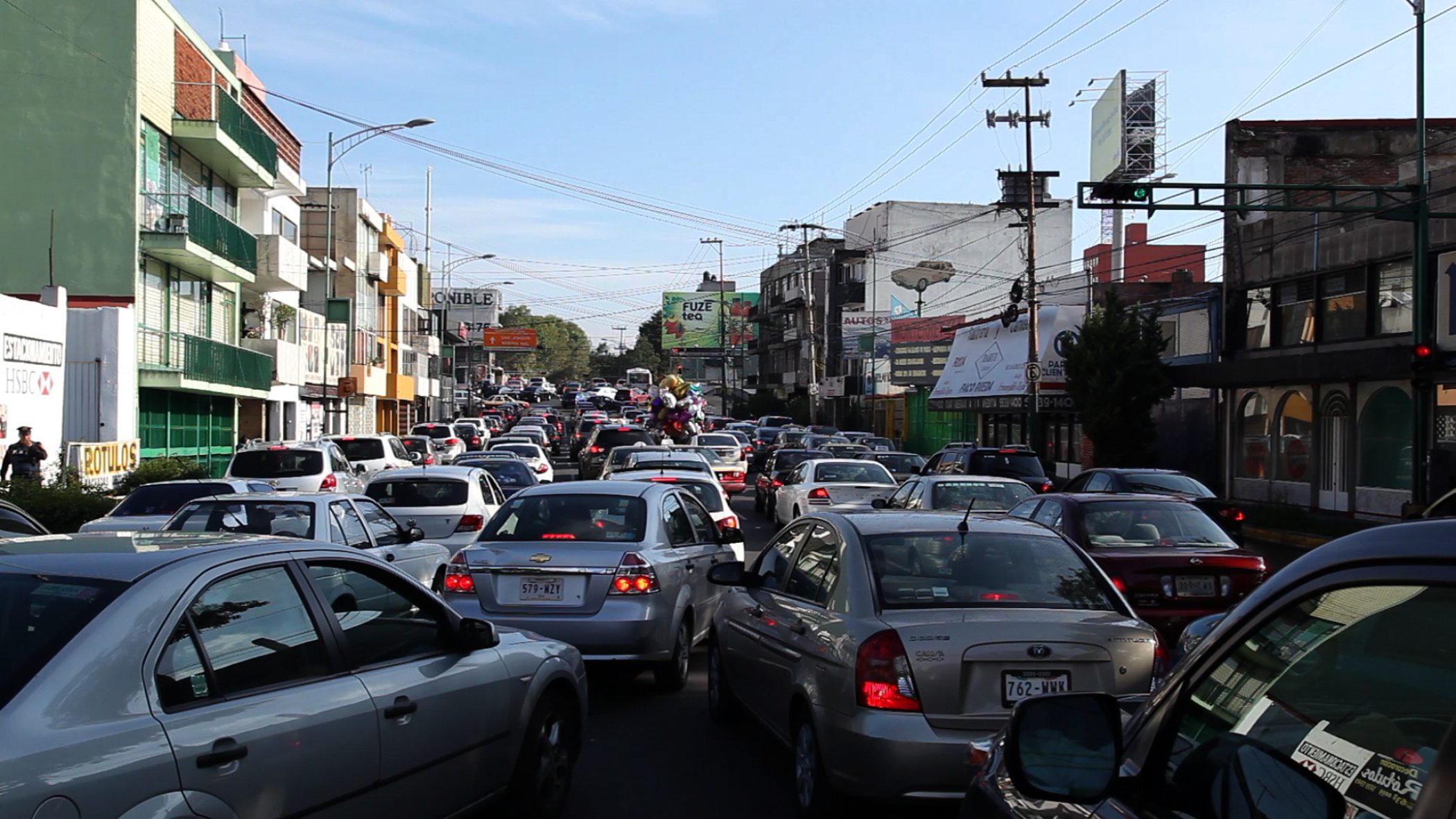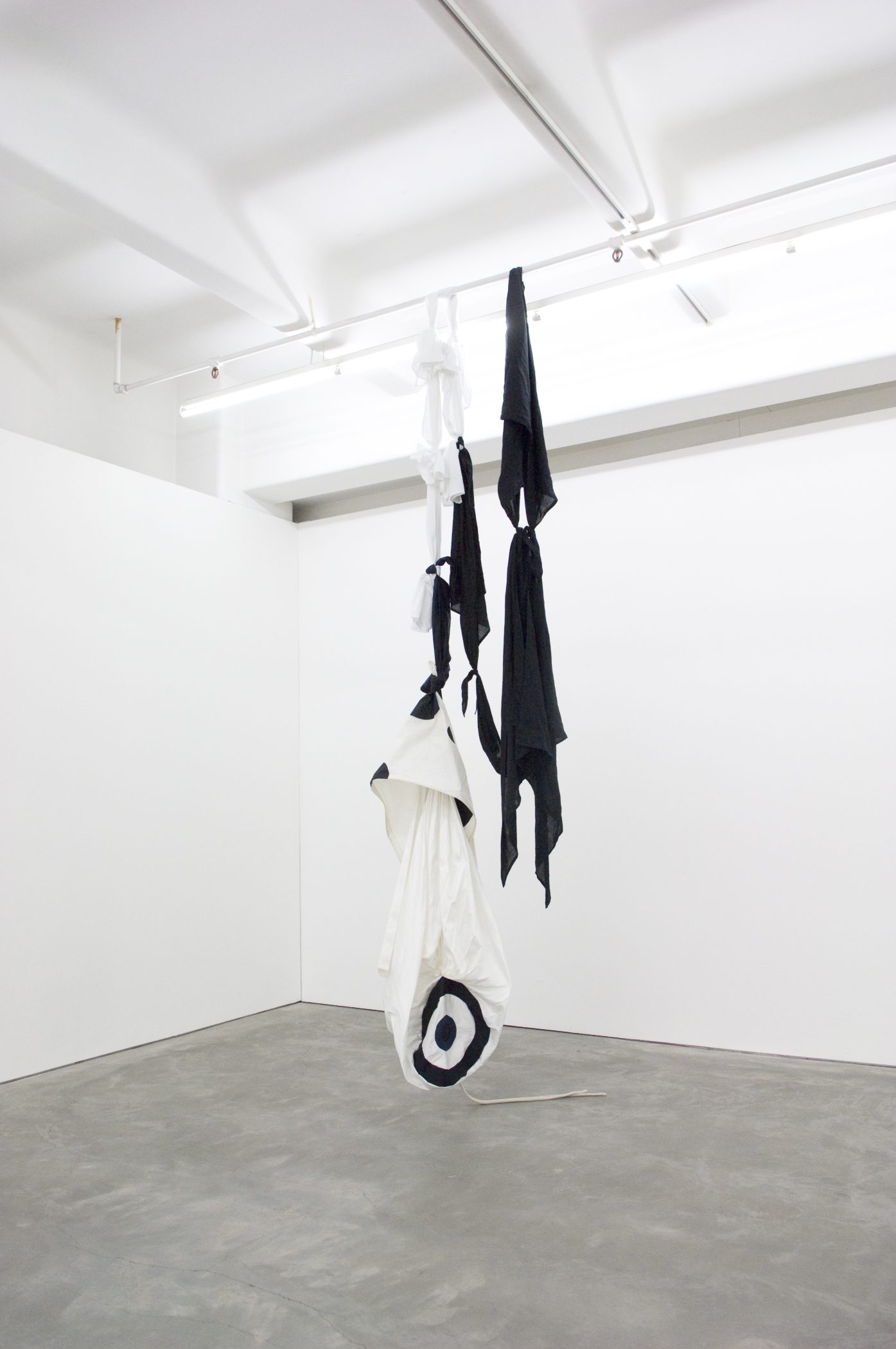Lauren Brincat
It’s Not the End of the World
21st March – 11th May 2013
Anna Schwartz Gallery
Working with sculpture and performance, Lauren Brincat constructs situations into which the audience is invited to share her experience of everyday life’s spectrum of major and minor engagements. Brincat’s exhibition is influenced by her time spent working in Mexico, where according to much-misrepresented Mayan belief, the world was predicted to end on December 21, 2012. A painted placard bearing the title of the exhibition stands as provisional testament to the world’s survival, and on a less cataclysmic scale, a common response to things not happening as planned. The white-painted sections of the wooden placard structure refer to the practice in Mexico City of painting trees to protect them from pests: a symbolic coat of soft armour which Brincat adapts to protect her work and by extension, herself.
Brincat borrows the evil eye talisman and the ancient ritual of plate-smashing as further acts of assertion and self-protection. Smashing draws on the dual symbolic purpose of breaking plates, a tradition that expresses in some cases an excess of joy, and in others, the moment of mourning and the expulsion of bad spirits. In both cases, the action is both violent and therapeutic, ecstatic and terrifying. You’ve Got a Good Eye similarly makes use of superstitious support, deflecting the cursed gaze of even well-meaning onlookers, and providing ‘escape ropes’ that inevitably lead the artist back to the place whence she began: a position of courage and ingenuity in times of fear and doubt. The visual reference to musical instruments adds a comical element to Brincat’s commentary: the pleated fabric mimics the extensive, dense concertina of a piano accordion, suggesting the expansion of difficult situations and the impossibility of any real escape.
The vigilant eye recurs in This High, this time, in a more benevolent manner. Reminiscent of the hand-drawn door-frame height charts of childhood, This High stands at Brincat’s current height as a kind of self-portrait, a personal high-water mark of achievement. Aspirational in spirit, the height chart shows that the only way to go is up. It stands as a display of the past and a reminder of the present moment. The artist invites viewers of the work to measure up, too, and mark their height against the wall. The sculpture becomes a situation of participation and a simple experience shared, but retains an undercurrent of sibling-like rivalry and competition, quantifying achievement by measuring a quality that is unconnected with any true personal merit.
The artist’s body appears, and disappears, again in Walk in Traffic. The video work documents Brincat’s continuation of her ‘walking’ pieces, following Steady as she Goes and Hey, I’m Walking Here. In Walk in Traffic, Brincat plunges into the notoriously heavy traffic of one of the Mexico City’s busiest arterial routes, protected in this case only by the visibility of a cloud of helium balloons, her safety in the hands of the mass of commuters. In an action combining the conceptual purposefulness of artists such as Richard Long and Francis Alÿs with the precarious existence of Mexico’s street vendors, Brincat performs her solitary act amidst the congested landscape of one of the world’s most populous cities.
Reflecting the artist’s own personal expectations, ambitions, and disappointments, ‘It’s Not the End of the World’ invites viewers to contemplate being welcomed but unwanted, accepted and empowered through their own encounters with Brincat’s feats.
Images
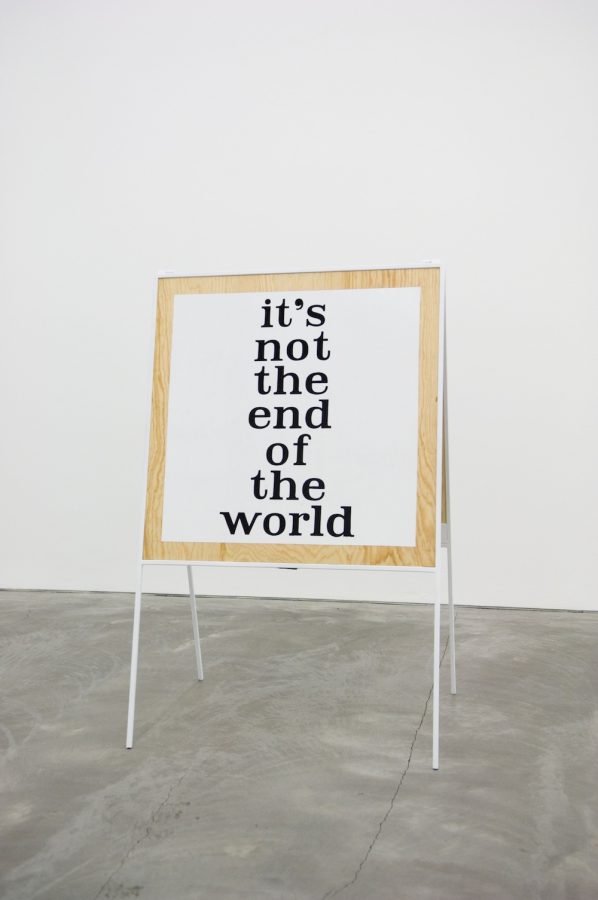
Lauren Brincat
It’s Not the End of World, 2012
Steel, wood, enamel
130 x 82.5 x 62 cm

Lauren Brincat
Walk in Traffic, 2012
single-channel digital video, 16:9, colour, sound
3 minutes 7 seconds
Edition of 3
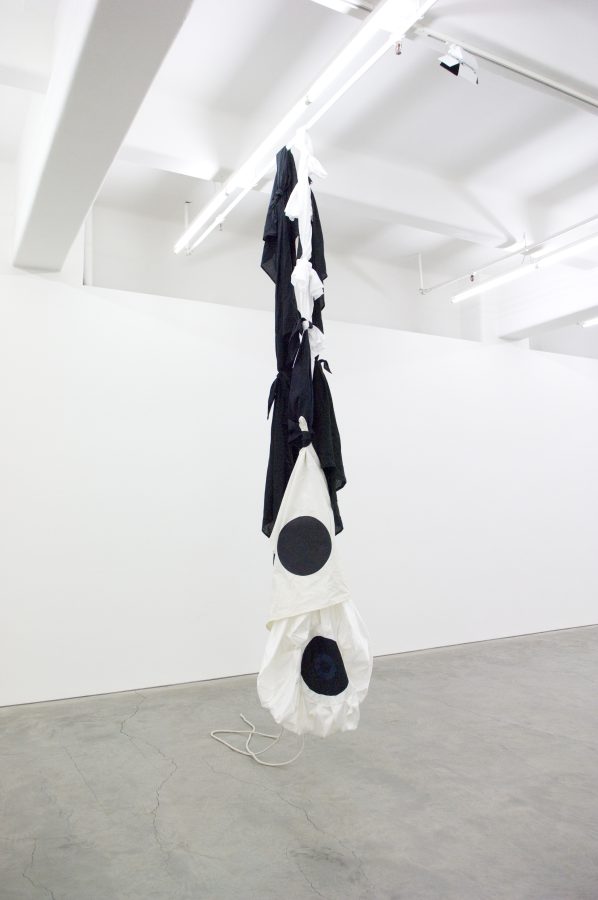
Lauren Brincat
You’ve Got a Good Eye (Left), 2013
Bermuda sail, silk, cotton
dimensions variable

Lauren Brincat
You’ve Got a Good Eye (Right), 2013
Bermuda sail, silk, cotton
dimensions variable
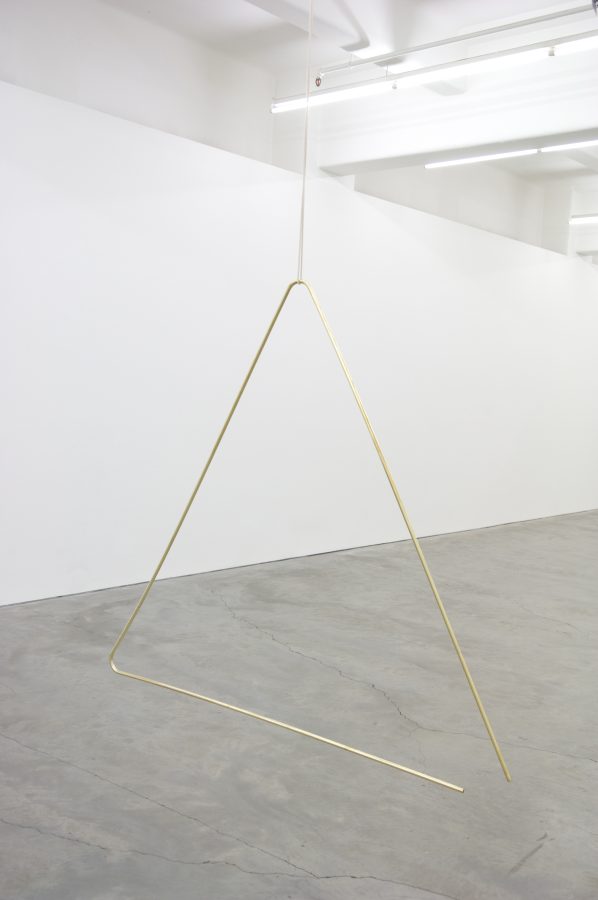
Lauren Brincat
One without the Other, 2013
brass, rope
179 x 177 x 1.5 cm, height variable

Lauren Brincat
Smashing, 2013
4 minutes 51 seconds
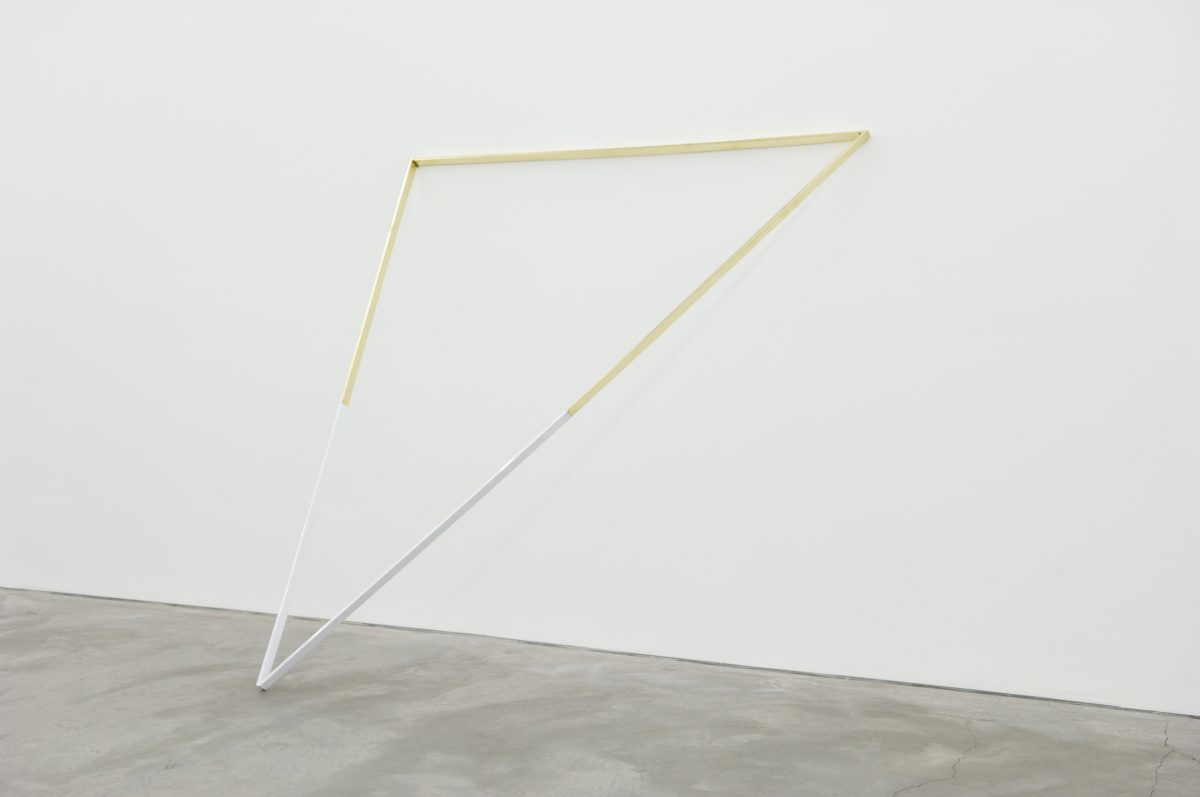
Lauren Brincat
This High, 2013
brass, enamel
173 x 172 x 97 cm

